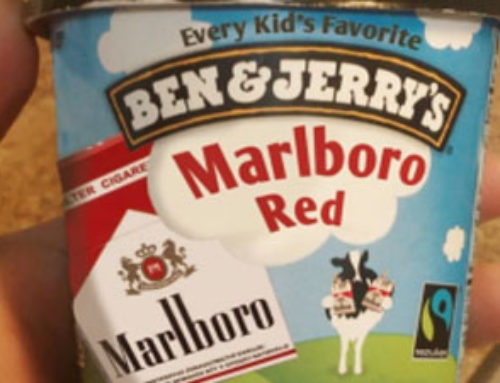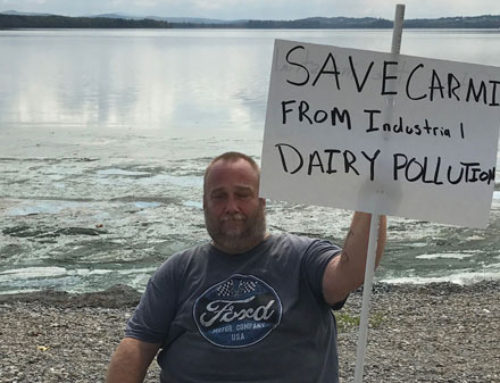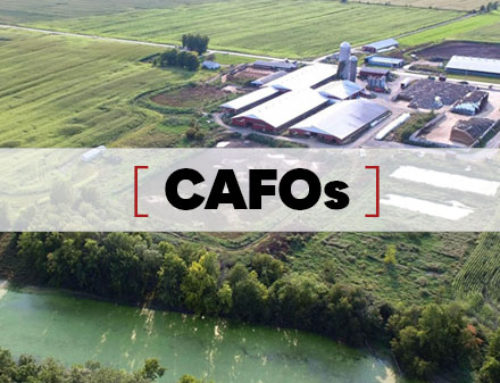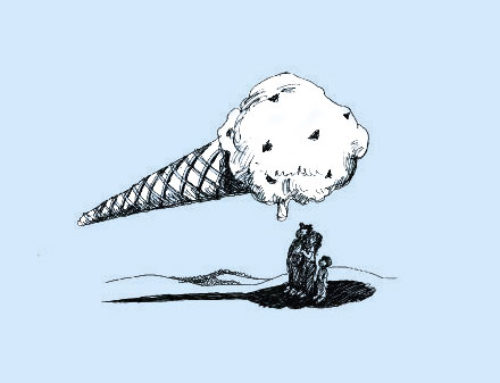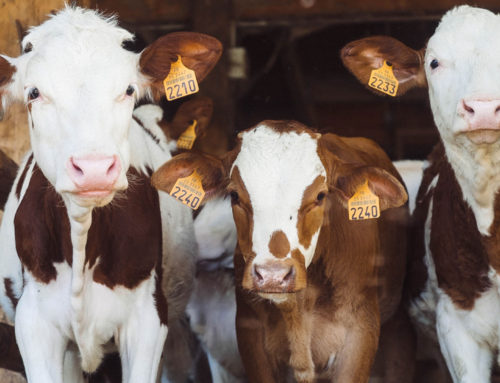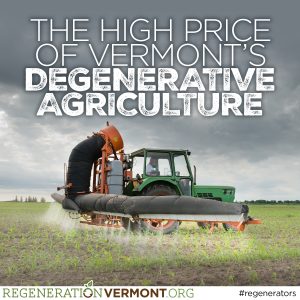 The history of Vermont’s heavy adoption of industrial – or degenerative – forms of agriculture is also the history of its failure and decline. At every stage, beginning with chemical agriculture in the post-WWII era, the new techniques being promoted by the increasingly corporate and industrial agriculture came with mighty promises: Labor would be saved, yields would be increased, bugs and insects would be eliminated, and profits would soar. As if that’s not enough, the corporate benefactors and their tethered regulators also added that whatever it is they’re selling would also solve the world’s hunger problem.
The history of Vermont’s heavy adoption of industrial – or degenerative – forms of agriculture is also the history of its failure and decline. At every stage, beginning with chemical agriculture in the post-WWII era, the new techniques being promoted by the increasingly corporate and industrial agriculture came with mighty promises: Labor would be saved, yields would be increased, bugs and insects would be eliminated, and profits would soar. As if that’s not enough, the corporate benefactors and their tethered regulators also added that whatever it is they’re selling would also solve the world’s hunger problem.
But the promises were and are almost always false – or short lived – while the damage is deep, most notably in the way further industrialization all but mandated the consolidation and elimination of Vermont’s farms and rural culture. The legacy of industrial, commodity-based farming has dramatically damaged and changed Vermont, its people and its land.
Consider the facts:
*Thousands of dairy farmers have been chased off the land, from 6,000 in the 1965 to just 870 in 2016, leaving our once-thriving rural communities reeling from the dramatic decline of jobs, opportunities and dignity. The increased concentration of dairy herds, where many are merely “concrete grazers,” rarely – if ever – stepping on grasslands, have led to severe water quality and animal welfare issues;
* There are 25 CAFOs (Concentrated Animal Feeding Operations with 700+ dairy cows) in Vermont and 185 AFOs (Animal Feeding Operations with from 200-699 dairy cows). That means that about 90,000 of the 134,000 cows in the state are in animal feeding operations, on concrete. It’s exactly the opposite image that Vermont seeks to present when marketing our agriculture as bucolic, small-scale and healthy.
* Reliance on industrial, commodity-based agricultural techniques like GMOs (Vermont corn was 96% GMO in 2013) has meant a steady increase in the use of toxic pesticides, herbicides and fungicides, as well as synthetic nitrogen fertilizers, resulting in denuded soils, contaminated – even dead — waterways, and food products that may contain carcinogenic and otherwise health-threatening additives.
*As early as 2009, World Bank Group scientists concluded that animal agriculture was responsible for 51% of GHG emissions. Other scientific studies have also concluded that agriculture’s GHG emissions are from 30-50%. This makes agriculture the most GHG polluting sector. In spite of these reputable, peer reviewed studies, agriculture emissions are not even part of the current international agreements on limiting emissions.
*Vermont’s industrial dairies are literally killing our waterways and watersheds, including our beloved Lake Champlain. Hundreds of millions of dollars have been spent over the last few decades on trying to clean up the mess that is largely the result of large, confinement dairies, including all the phosphorus run-off from the continuous corn that is grown to feed the industrial cow. In spite of those efforts, estimates are that dairy is responsible for 40% to 79% of water pollution statewide. Currently, 13 lakes and 68 streams in the state and large areas of northern Lake Champlain have been deemed “impaired” by the U.S. EPA.
* Agriculture’s current industrial mindset continues to see farmland as a dumping ground rather than a treasured resource, evidenced most crudely by the spreading of municipal sewage sludge on Vermont’s fields and pastures. According to the Vermont Department of Environmental Conservation, more than one thousand acres of Vermont’s farmland are currently approved to receive tens of thousands of tons of toxic sludge, giving rise to a host of health and ecological threats as a result of the likely presence of heavy metals and other toxins in the waste material.
*The inequitable concentration of wealth within Vermont agriculture, monopolized by a handful of large dairy-based corporations, is the result of a commodity-based pricing system that economically exploits both the farmers and the increasing number of migrant workers who are filling Vermont’s farm jobs. Currently, because of the obscenely low price being paid for commodity milk, Vermont’s non-organic farmers are spending more to produce the milk than they’re getting to sell it. Consequently, they are dumping low-fat milk into their manure lagoons. It’s a downward economic spiral that not only drives continued rural poverty, but also leads to farmers trying to cut costs in other areas like environmental remediation, animal welfare, farm maintenance, and labor.
* Vermont dairy’s increased reliance on migrant farm workers, mostly from Mexico, is creating serious social and economic justice issues. Recent work to bring these issues to light have uncovered unconscionable living conditions and abuse, not to mention low pay and long hours, all without the ability to move around freely in the community due to their illegal status or deficient language skills.
* And then there’s world hunger. It wasn’t solved, only grew worse, because the causes of hunger are born from the corporate greed endemic to degenerative, monopolistic agriculture, not from a lack of food. Vermont matches the elevated levels of rural hunger and poverty that are seen nationwide, where 17% live under the poverty line. It’s harder on the children, where 21% of Vermont’s youth are considered “food insecure.” The sad irony of this kind of hunger existing in an agricultural-based state is not lost on the researchers or victims. Gone are the kitchen gardens, and gone are the farms, replaced with the monocropping of GMO feed corn, all with the promise to address hunger. Orwell would be proud.
It is, indeed bad news, and a sad tale. And, for too long, we’ve deluded ourselves into thinking it’s all a fairytale, where supposedly bucolic Vermont dairy farmers can do no wrong and deserve no blame. Those days – and delusions – must end. If, that is, Vermont is going to be serious about being a leader in agriculture, social and economic justice, and reversing climate change.
